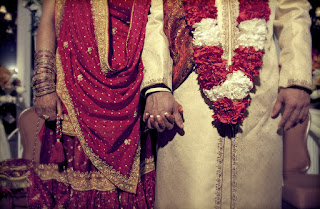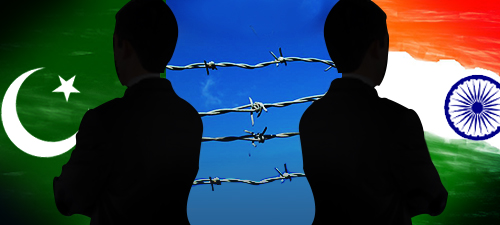COUSIN MARRIAGE: AN ISLAMIC PROSPECT

Introduction What is a Cousin Marriage? It is generally regarded as the marriage between two close blood relatives. There are various terms being used in this context. These terms are of legal importance and have implications in genetic and Inheritance issues. Cousins may be: First Cousin Second Cousin Parallel cousin (two brothers or two sister’s children) Chacha, Taya, Khala Crossed Cousin (a brother and her sister’s children) Mamoon zad, Phoophi zad Double first cousin—two persons are Double first cousins when both of their parents are first cousins. Consanguinity is the degree of closeness the common ancestor










